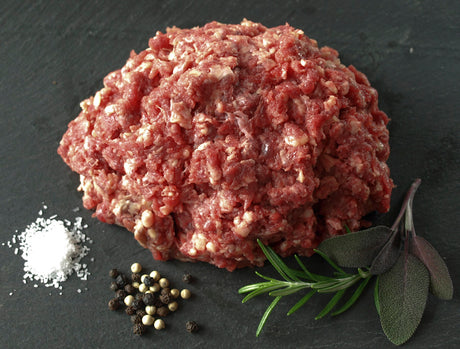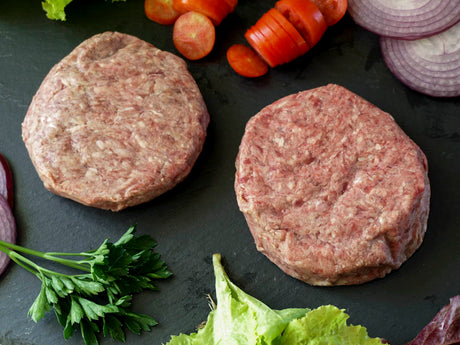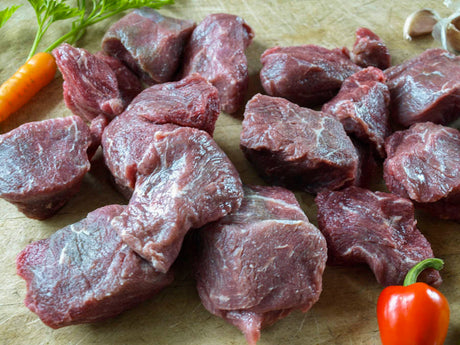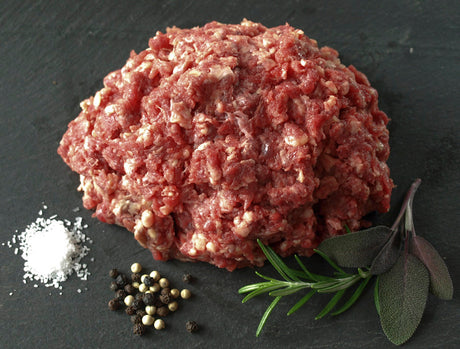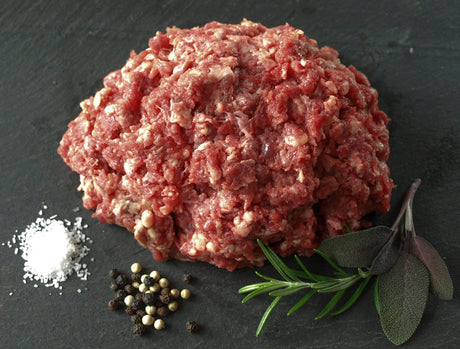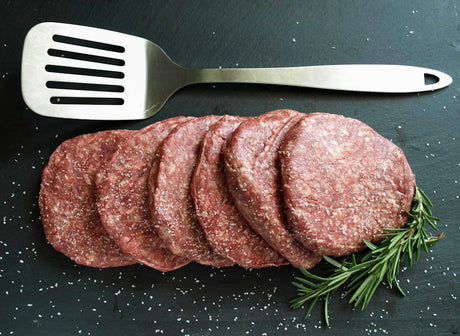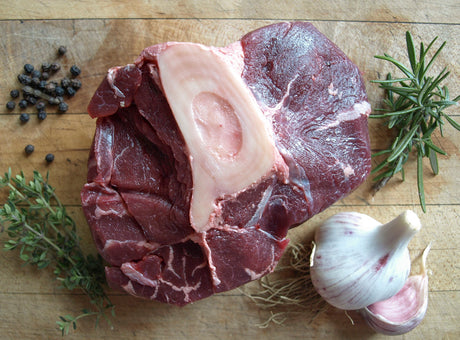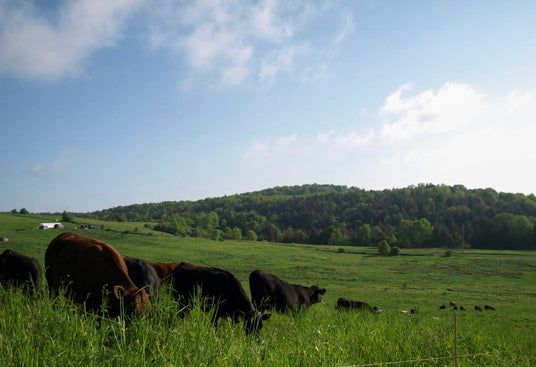
A Directory of Farms
You probably found this page while looking for a good, local source of grass fed, grass finished beef. Maybe you entered "grass fed beef near me" only to be shown a bunch of national brands, ads from meat subscription services, and farms from the other side of the country. Don't worry! This is an easily searchable directory of actual farms and ranches that sell grass fed, grass finished beef.
Using this map couldn't be easier - just zoom in click a nearby pin for some photos and a link to that farm's website and its contact info. But before you pick out a farm, keep reading to find out what to ask, and what to look for, when you're trying to figure out if the grass fed beef is the real thing.
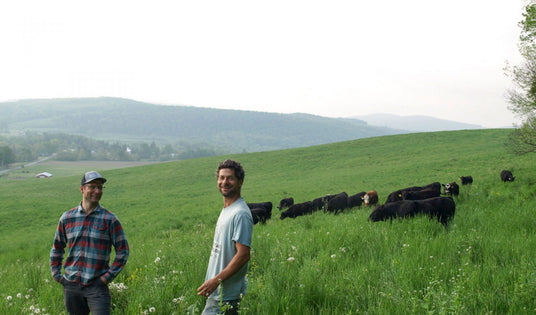
Make Sure It's Really Grass Fed Beef
I've only included farms that explicitly claim to sell grass fed beef on the map. Simply starting with one of them gives you a much better chance of success than random googling. But an unfortunate fact is that the term has become a bit elastic as it's gained popularity. Sometimes people use it when they only feed a little grain, or have not fed grain for some portion of a cow's life. (This is why you should be very skeptical of supermarket beef with a pretty label.)
Unfortunately, even well meaning farmers don't always agree. To my mind, grass fed beef should come from cows that have only eaten grass or hay (which is just dried grass), plus minerals and salt. That's it. No exceptions for bad weather or a bad growing year, no grain based 'supplements,' no grazing of standing grain, no beet pulp, no seed meals, and so on.
There are farmers out their with different ideas, and that's fine! It's possible to raise delicious beef that isn't entirely grass fed. But if your definition is the same as mine - grass, salt, minerals, and nothing else - then it's worth asking a few questions.
100% grass fed beef
View all
Questions for a Farmer
- Can I visit? The whole idea of local agriculture is to build stronger connections between rural and urban, between people and the land, between fields and dinner plates. Most small farmers can't accommodate unannounced visits, but anyone worth buying from should be more than happy to schedule a time to show you around if you give them a call.
- How often do you move your cows? While it would be possible to raise a cow on grass without moving it, best practices involve much more active management. Ideally, a herd of grazing cows moves to fresh grass every day of the growing season, though anything up to three days is fine.
- What's your definition of grass fed beef? This gets right at the heart of it. You can follow up with questions about grain or seed supplements, but the farmer should be up front with you about what they do and don't feed.
- What's your farming philosophy? Fine, this one isn't strictly necessary if you're just trying to figure out whether or not a local farm has real grass fed beef. But it might start an interesting conversation!
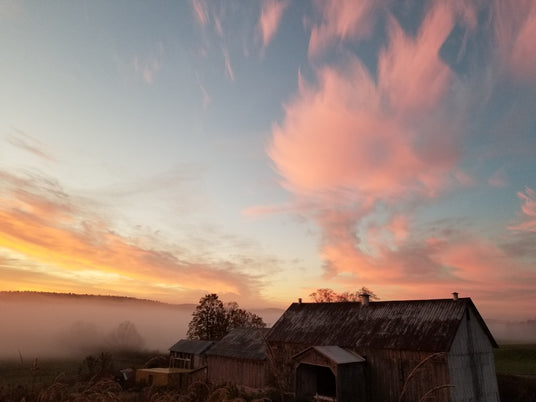
Why Local is Best
While this map should make it easy to find a local farm that raises real grass fed beef, no farm can be as convenient as going to the grocery store. But I hope you will take the time to find an actual farm to buy from. As I said a minute ago, it's hard to be confident that anything from a big chain is what it claims to be.
Beyond that, most small farmers really do want to make the world better. We want to raise healthy food from healthy animals on healthy land. From grain subsidies to feedlots the entire food system is stacked against the ethical production of real food. To succeed, a better type of farming will need a lot of support!
Final Thoughts
I've done my best to make this as user-friendly as possible. But if you don't see what you're looking for here, I suggest checking out eatwild. It lists more farms than I have here, but they are not restricted to grass fed beef. Also, the site can be awful to navigate, especially on a phone or tablet.
If there are any questions I can answer, please don't hesitate to write info@cairncrestfarm.com.








